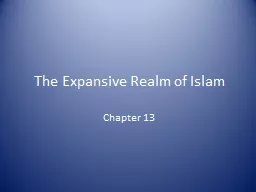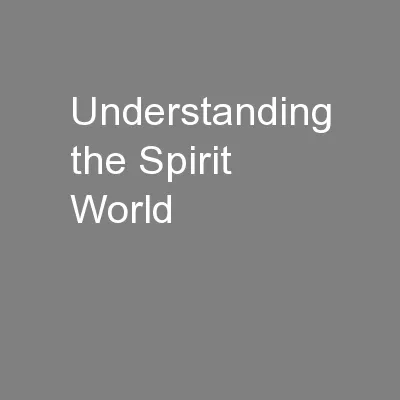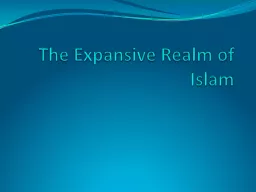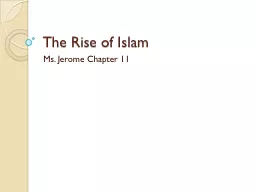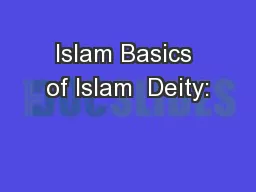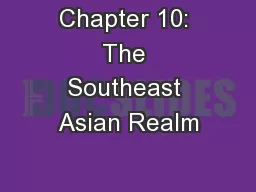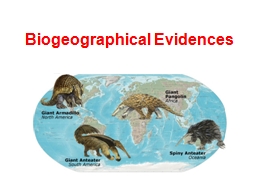PPT-The Expansive Realm of Islam
Author : faustina-dinatale | Published Date : 2016-10-17
Chapter 13 I A Prophet and His World Arabian Peninsula harsh environment Bedouins nomadic herders clanbased polytheistic longdistance trade sea gt camel caravan
Presentation Embed Code
Download Presentation
Download Presentation The PPT/PDF document "The Expansive Realm of Islam" is the property of its rightful owner. Permission is granted to download and print the materials on this website for personal, non-commercial use only, and to display it on your personal computer provided you do not modify the materials and that you retain all copyright notices contained in the materials. By downloading content from our website, you accept the terms of this agreement.
The Expansive Realm of Islam: Transcript
Download Rules Of Document
"The Expansive Realm of Islam"The content belongs to its owner. You may download and print it for personal use, without modification, and keep all copyright notices. By downloading, you agree to these terms.
Related Documents

